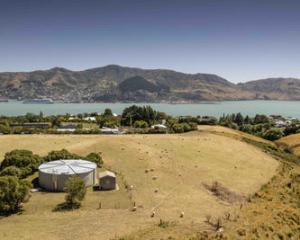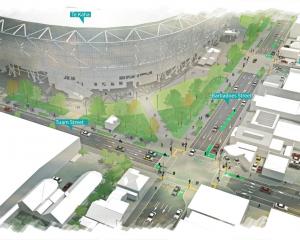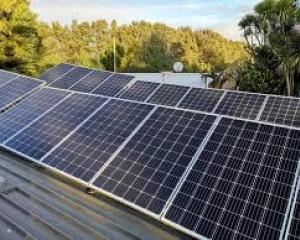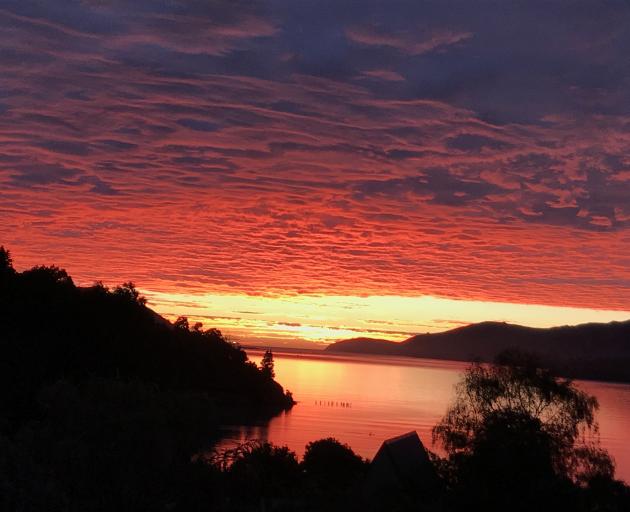
People living in Banks Peninsula earn, on average, more than their Christchurch city counterparts.
Twenty-two per cent of the Banks Peninsula population, aged 15 years and older, earn $70,000 or more. This is higher than for Christchurch city as a whole, where only 16 per cent of the population earn this amount.
The data is detailed in a ward-based community profile created by the city council based on data from the 2018 census.
These have been conducted since 2011, when the project first began after the February 22 earthquake to profile the worst affected suburbs across Christchurch.
They are ‘snapshots’ of a community at a certain period of time.
Banks Peninsula Ward is made up of eight census areas – Akaroa, Akaroa Harbour, Banks Peninsula eastern bays, Diamond Harbour, Lyttelton, Governors Bay, Little River and Port Levy.
Geographically, the area encompasses the entire peninsula from the summit of the Port Hills; 1150 sq km of hills, harbours and bays.
Alongside, the higher income levels, on New Zealand’s Deprivation Index, the percentage of people living at the highest end of deprivation in Banks Peninsula is zero.
In comparison with Christchurch city as a whole, Banks Peninsula experiences lower levels of socio-economic deprivation with 79 per cent of the area rated as 1-4 on the deprivation index.
The factors used to determine ward’s deprivation scores were people aged 18-64 receiving a means tested benefit, those living in households with income below an income threshold and people with no access to internet at home.
The other factors were those aged 18-64 without any qualifications, people aged less than 65 living in a single parent family, people not living in own their home, those living in households below a bedroom occupancy threshold, people aged 18-64 who were unemployed, and those living in dwellings that are always damp or always have areas of mould bigger than an A4 piece of paper.
Living in Banks Peninsula is to many, a lifestyle choice. It is said to be the “playground” of Christchurch, with diverse geography and easy access to nature being perfect for recreational activities.
There are an estimated 8850 residents living in this primarily rural area.
The largest township is Lyttelton with an estimated 2982 people.
The largest age group living in Banks Peninsula are those between 30-64 – making up more than half of the population. This is significantly more than the 45 per cent population in Christchurch.
Those aged between 15-29 make up the smallest proportion of the population (only 11 per cent), significantly less than the 22 per cent in Christchurch.
Sixteen per cent of the population are under 15 years old and 20 per cent are aged 65 years and over.
There are many holiday homes scattered throughout the area.
In Akaroa, 62 per cent of homes are unoccupied dwellings – used mostly as holiday homes. However, because of this rental properties are difficult to secure in the long-term and this is limiting opportunities for young people and families to establish themselves permanently there.
House prices in Akaroa are also inflated. The village experienced the highest median house price increase in New Zealand up 58 per cent year-on-year to $830,000 for the three months to November 2021, compared to $525,000 in the same period the previous year.
Gentrification in Lyttelton after the earthquakes has also resulted in rental prices increasing.
Although the Banks Peninsula comprises of just two per cent of the population under the city council, it makes up 70 per cent of the total land area.
This rural and natural environment is highly valued. There are 145 council owned parks, including sports parks, garden and heritage parks, and regional parks. Many volunteering groups active in the ward focus on protecting the environment, such as for predator control and native vegetation regeneration.
In spite of the small population spread over a sparse and diverse land area, Banks Peninsula is made of strong communities who take pride in managing their environment and engaging people in both leisure and volunteering activities.
Community halls, local wharfs, and reserves provide “bumping spaces,” where members of the community can meet and engage.
For example, community groups manage 16 of the 19 city council-owned community facilities, and there are five volunteer fire brigades.
There are also 18 community and residents groups, eight community development and support organisations and over 100 sports and recreational groups.
The area’s foundations are rich with history, which have built the societies of today. Many buildings and structures are listed with Heritage New Zealand.
The area also has a significant Maori heritage with four Ngāi Tahu Paptipu rūnanga.
However, in spite of the heritage, the population comprises of 93 per cent European ethnicity compared to eight per cent of Maori. This is similar to the demographics in Christchurch city.
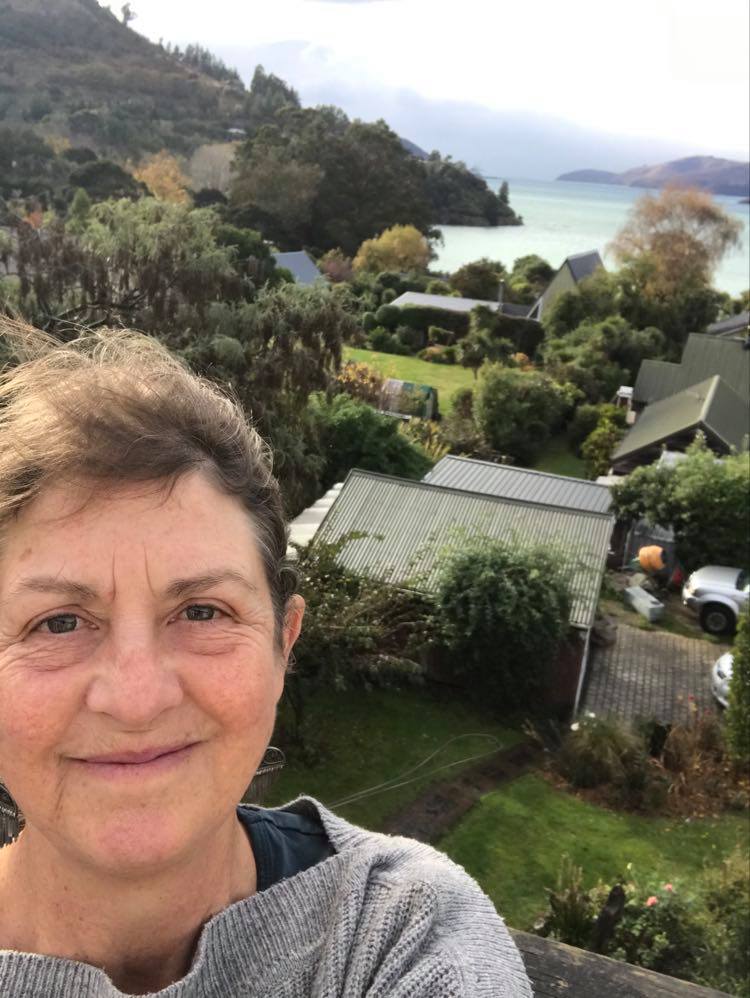
Karen Banwell has lived in Governors Bay for 17 years.
“I chose to live here with my family because of access to nature, and it’s still not that far from the city,” she said.
“The bellbirds wake us up in the morning. We can walk up the hills in the afternoon,” she said.
Banwell, who is the Governors Bay Community Association chairwoman, said for the vast majority of people living in the Banks Peninsula – it’s because they can afford too – and they choose to as living there as it aligns with their values.
These values foremost include being close to nature, having active communities and a village life.
“We know where we live, there’s village boundaries.”
Banwell chose to move to Governors Bay after spending several years in Australia. Her mother, drove her over the hill, when she saw the sun setting over Mt Evans and thought: “It’s Central Otago by the sea.”
This access to the sea, city and nature, sealed her desire to live in Banks Peninsula.
Banwell not only lives in the Banks Peninsula, but she works there as well.
She is programe manager for Whakaraupō as part of the Whaka-Ora Healthy Harbour plan, working to improve the ecological health of Lyttelton Harbour.
In this role, she either works from home, at the Environment Canterbury office in town, or in Rapaki.
Banwell is a great example of how the people who call the Banks Peninsula their home, also work and volunteer their time to protect and look after, engaging with both the environment and different communities.

The impacts of climate change and maintenance of infrastructure remain clear community issues.
Many Banks Peninsula communities are likely to be impacted by sea level rise as a result of climate change, including from coastal erosion, inundation and rising groundwater.
This can also create further issues such as access to safe drinking water.
With increasing temperatures, there also comes the increased risk of wildfires.
Due to the geographical distance between communities, the risk of isolation during emergencies is also increased.
Many communities can easily be cut off, often having only one road in and out of their settlement. Because of this, communities need to be as self-reliant as possible.
A number of wastewater systems are old and are no longer compliant with new regulations. However, the aim to end discharge of wastewater into Lyttelton Harbour is on track to end by 2021.
Further work is needed to consider the impact of sea level rise on septic tanks in low-lying peninsula communities, and other aging wastewater systems need to be addressed,
The maintenance of unsealed roads and bridges remains an issue in several communities such as Birdlings Flat, Little River and Pigeon Bay.
Although, the annual budget for rural road maintenance in the 2020/21 city council budget was increased, and the Inner Harbour Road Improvement Project, from Lyttelton to Diamond Harbour, is ongoing to improve that connecting road.



